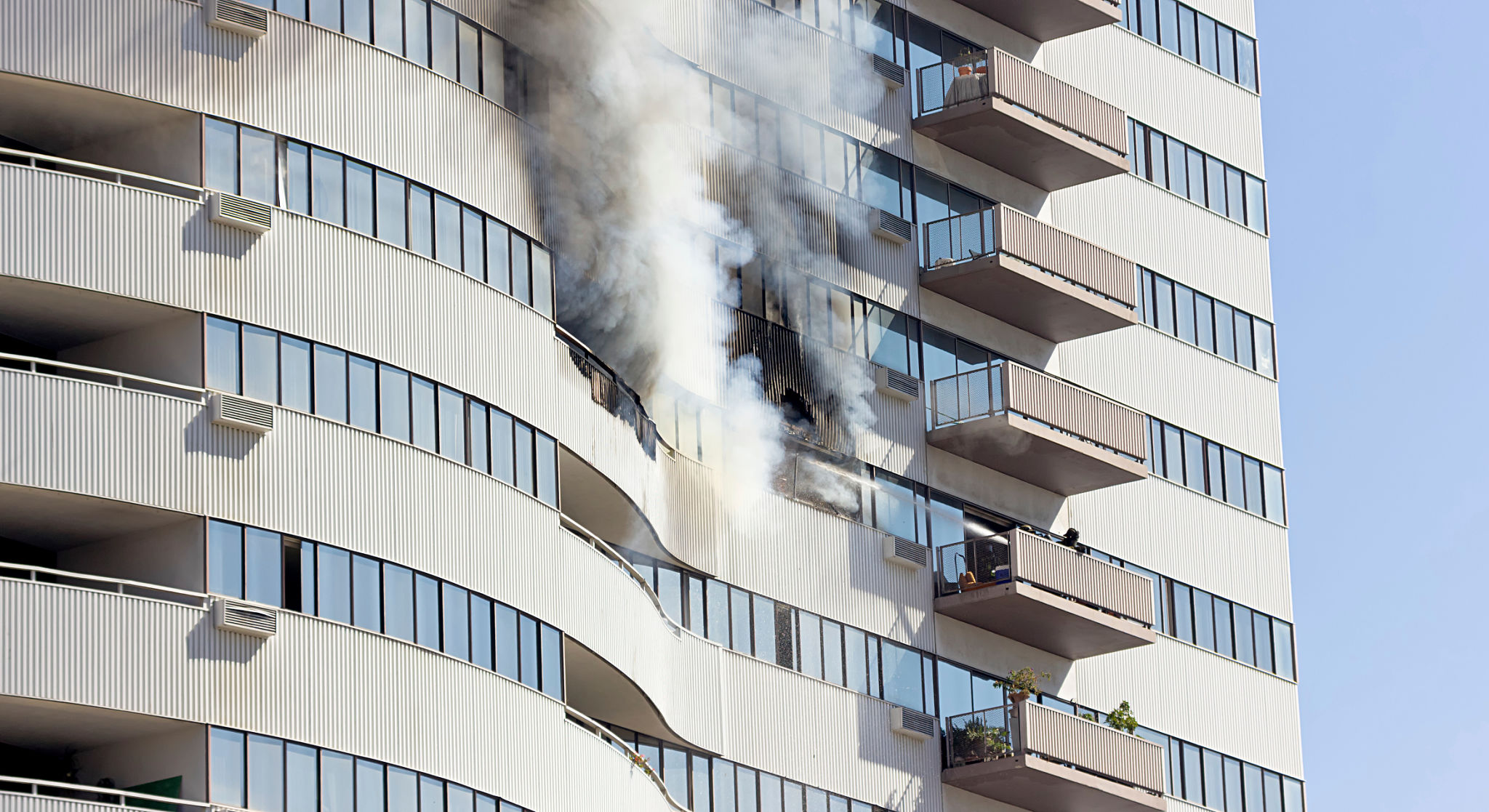Top 5 Fire Escape Mistakes to Avoid During Inspections
Importance of Fire Escape Inspections
Fire escapes are a critical component of building safety, providing a safe exit in emergencies. Regular inspections of fire escapes ensure they remain functional and safe for use. However, there are common mistakes that can compromise their effectiveness during inspections.
Understanding these mistakes can help building owners and inspectors maintain compliance with safety standards and protect the lives of occupants. Avoiding these errors is crucial in preserving the integrity of fire escape systems.

Neglecting Regular Inspections
One of the most common mistakes is failing to conduct regular inspections. Fire escapes should be inspected at least annually to ensure they are in good condition. Overlooking this crucial step can lead to unnoticed damage or deterioration, which could result in catastrophic failure during an emergency.
Regular inspections help identify issues such as rust, corrosion, and structural weaknesses. Addressing these problems promptly can prevent costly repairs and improve the longevity of the fire escape.
Ignoring Structural Damage
Structural integrity is vital for a fire escape's functionality. One common oversight is ignoring visible signs of structural damage. Cracks, rust, and loose components should not be ignored, as they can compromise the escape’s stability.
During inspections, it's important to thoroughly check all components, including stairs, railings, and platforms. Any signs of damage should be addressed immediately to ensure the safety of building occupants.

Overlooking Compliance with Regulations
Fire escape regulations vary depending on location and building type. A common mistake is failing to ensure that the fire escape meets all local codes and standards. Non-compliance can result in fines and put occupants at risk during an emergency.
To avoid this mistake, inspectors should familiarize themselves with local regulations and ensure that all aspects of the fire escape meet these requirements. This includes dimensions, load capacity, and accessibility.
Inadequate Maintenance
Maintenance is a key factor in keeping fire escapes functional and safe. Many building owners neglect routine maintenance tasks such as cleaning, lubricating moving parts, and repainting surfaces to prevent rust.
A scheduled maintenance plan can significantly reduce the risk of fire escape failures. Ensuring that all moving parts operate smoothly and that surfaces are protected from environmental damage is essential for long-term reliability.

Lack of Proper Documentation
Proper documentation plays a crucial role in maintaining fire escape safety. Failing to keep records of inspections, maintenance, and repairs is a common mistake that can lead to oversight of critical issues.
Building owners should maintain detailed records of all inspections and maintenance activities. This documentation not only helps track the condition of the fire escape but also provides evidence of compliance during audits or legal inquiries.
By avoiding these common mistakes during fire escape inspections, building owners and inspectors can ensure that these vital safety features remain reliable and ready to provide safe egress in emergencies. Regular inspections, proper maintenance, and adherence to regulations are key to keeping fire escapes in optimal condition.
